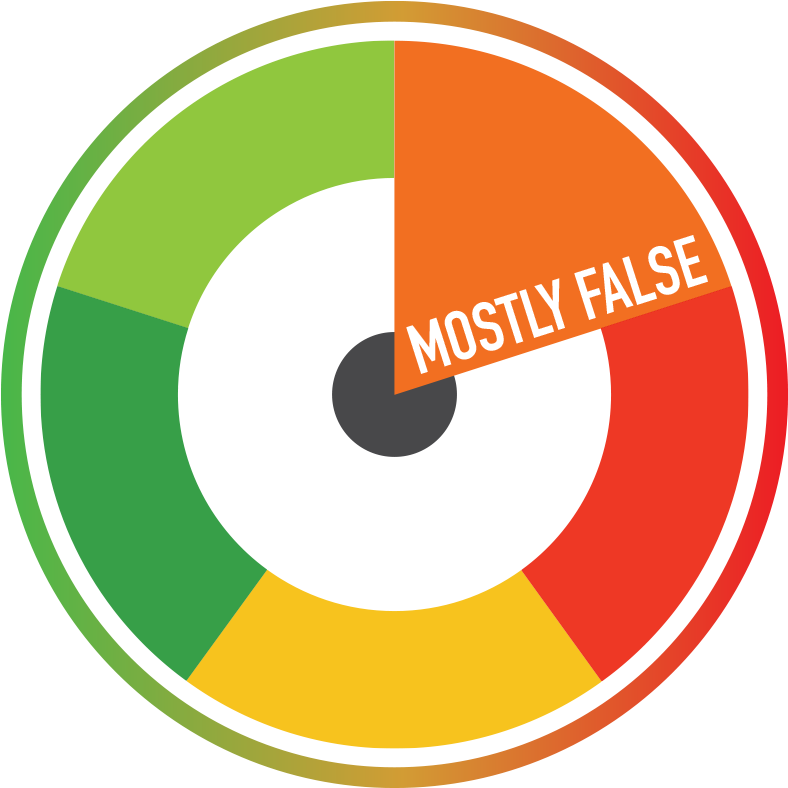“Not so long ago there was an incident in Romania, in which a ship full of sheep turned over and the animals were left on their own’’, said the MEP for Renew Europe/VVD, Jan Huitema during his speech about animal transport within, to and from the EU on 19 December. ‘’No action was taken, and the animals drowned. As the European Union, we are responsible for this.’’ Was Huitema correct to affirm that no action was taken to save these animals?

Who said what?
While talking in the European Parliament about animal transport within, to and from the EU, Member of the European Parliament Jan Huitema, criticized the institutions’ lack of action facing some delicate cases. He used as an example the incident in Romania, where 14,600 sheep drowned along the coast of the country due to a shipwreck. According to the politician, no action was taken to prevent or save the animals.
What happened?
According to The New York Times, the vessel Queen Hind was taking the animals to a buyer in Saudi Arabia when it partly capsized. The cause of the ship’s capsizing is still a mystery. Romania’s transport minister, Lucian Bode, ordered an investigation, saying “we cannot allow such events to be repeated.” The ship is registered in Palau, and news reports have said it was managed by a Romanian company, but officials have not confirmed the ownership.
Sheep at sea
While the ship’s crew of 21 was quickly rescued, thousands of animals remained on board. After one day, the Romanian government called off any rescue efforts, but animal welfare workers continued and decided to enter the ship on their own. Global animal rights organisation Four Paws and the local Romanian organisation ARCA, two major organizations, were able to save 254 sheep out of the 14,600 on board, but, because of the unstable conditions, the operation had been made difficult. “The rescue mission wasn’t a simple one, or a risk-free one,” said Raed Arafat in The New York Times, head of the Department of Emergency Situations under the Romanian Ministry of Internal Affairs. He said that more than 100 people a day were involved in the operation, including members of the water rescue agency.
Could be avoided?
The disaster has raised fresh questions about transporting live animals by sea. An estimated two million sheep and one million cattle are transported each year from European Union member states to the Middle East, North Africa and Turkey. Romania is one of the main exporters. Animal rights advocates say that the journeys are often too long, regulations aren’t up to scratch and the rules are often flouted. “The vast majority of journeys, despite what the European Commission says, involve breaches of the law”, said Peter Stevenson, a veteran lawyer and chief policy adviser at Compassion in World Farming, an animal welfare organization based in Britain.
“That a ship should capsize quite near to the port suggests that the inspection was not carried out properly”, he added. Francesca Porta, the farm animals program officer at the advocacy group Eurogroup for Animals in Brussels, said that one of the main problems was that vessels were often not built for the journey. “They are old vessels that are converted to transport animals”, Porta said. The Queen Hind, she added, had been built in 1980 and reauthorized by Romanian officials in March. The vessel had suffered engine failure in the Sea of Marmara near Turkey in 2018, news reports said. Days before this specific accident, Eurogroup issued a report laying out a strategy to reduce and replace the transportation of live animals with a meat-and-carcass-only trade.
“In the end, we believe that this trade must be stopped”, said group’s director Reineke Hameleers. She affirmed that it is high time for the Commission to intervene, both by tackling maladministration by Romania and by putting forward a concrete strategy to replace live transport with a meat and carcasses only trade.
Conclusion
Even though the politician is partially correct when saying that EU didn’t participated directly in the rescuing mission of these animals, he is incorrect to say that “no action was taken” to save these sheep, since animal welfare groups worked several days trying to rescue the sheep.
Leave your comments, thoughts and suggestions in the box below. Take note: your response is moderated.
RESEARCH | ARTICLE © Marina Marcondes, Utrecht University of Applied Sciences, NL





